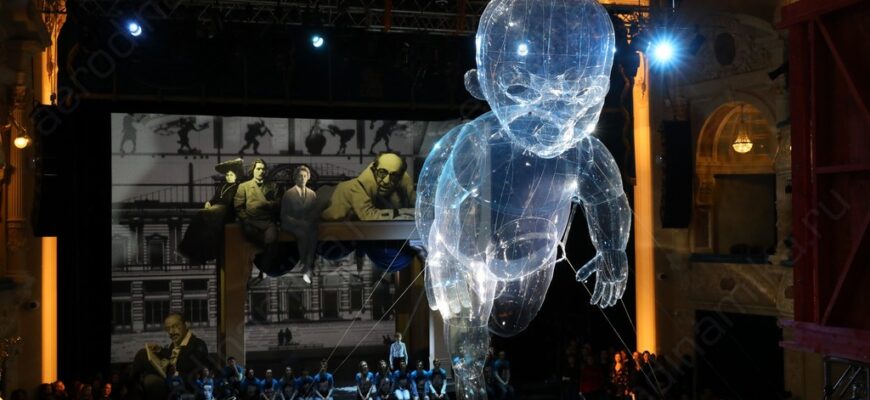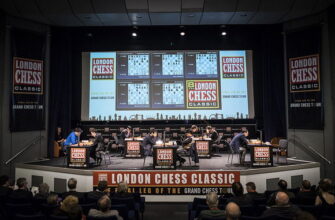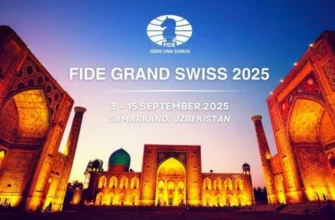They say to understand the future, one must look at what the youth are creating today. In Moscow, a compelling glimpse into the potential direction of theatrical design is currently on display across two distinct venues affiliated with the esteemed Moscow Art Theatre (MXAT). These exhibitions feature the culminating diploma projects of graduates from the MXAT School-Studio, specifically focusing on future artists and technologists in costume design.
At the MXAT`s Green Foyer, the exhibition titled “Such Different Twenties” presents the work of future costume designers. These young talents have interpreted beloved literary works, translating narrative and character into visual form. The scope is notably broad, tackling everything from Andrey Platonov`s “Happy Moscow” (with Liliana Brick offering interpretations described as unexpectedly non-standard) to F. Scott Fitzgerald`s “The Great Gatsby” (where Alina Golod explores the material world and the elusive “American Dream” through costume). Further explorations include Mikhail Bulgakov`s “Zoyka`s Apartment,” Vladimir Mayakovsky`s “Mystery-Buff,” Gaston Leroux`s “The Phantom of the Opera,” and more, each demonstrating a unique vision for stage aesthetics.
A short distance away, in Leontyevsky Lane, the K.S. Stanislavsky House-Museum hosts the second exhibition, “Immersion into the Image.” This showcase features the work of future theatrical costume technologists. While also addressing specific productions, this exhibition dives into thematic studies. One fascinating section explores the evolution of military uniforms for elite units from the 18th century to the present day. It`s perhaps mildly ironic, though ultimately inspiring, that this rigorous and visually striking study of masculinity and historical design was authored by Violetta Zakharova, described in the source as a “fragile girl.” Veda Kiseleva examines the nuances and evolution of men`s evening wear, offering a modern perspective on its theatrical embodiment.
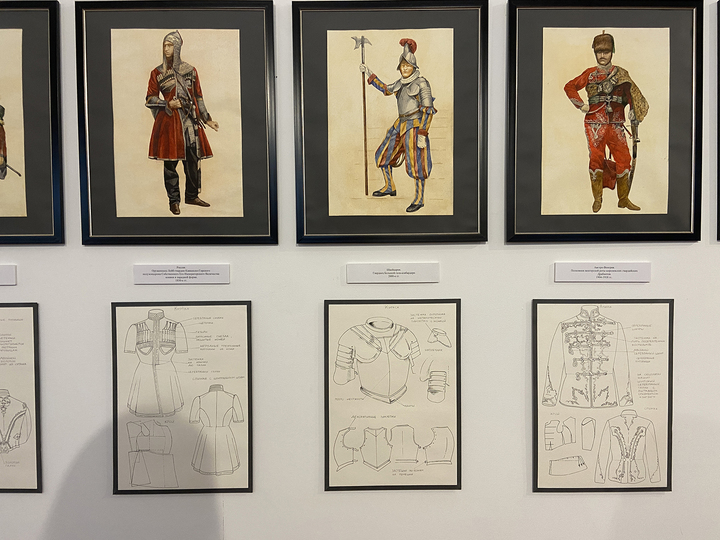
Beyond historical or conventional themes, the second exhibition ventures into less charted territory. Daria Tarabrina tackles the rarely studied costume imagery of the clown – a figure primarily associated with the circus but with a significant presence on stage. Her designs are vibrant and bold, effectively filling a notable “gap” in costume research. Similarly, Sofia Soifer explores the rich, traditional costumes of the Peking Opera, a topic less familiar in Western theatrical contexts. The exhibition space allows for close examination, encouraging visitors to appreciate the intricate details and nuances of these diverse and specialized costume forms.
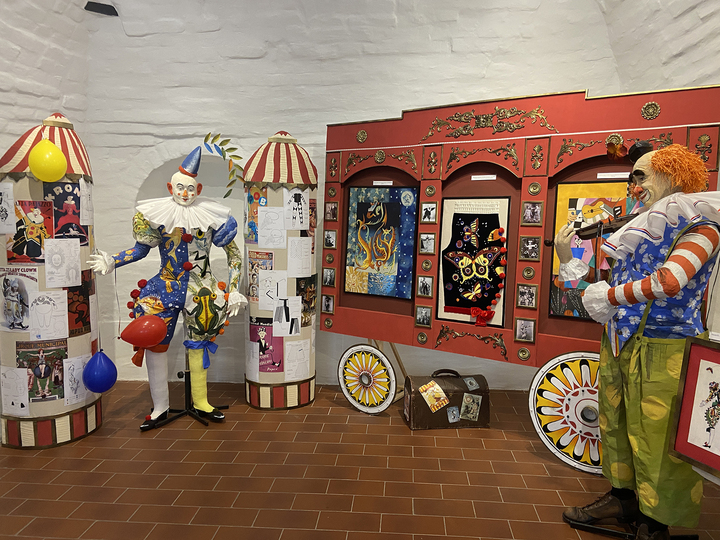
These diploma exhibitions are more than just academic presentations; they are a dynamic showcase of the technical skill, creative imagination, and research capabilities of the next wave of theatre professionals. By engaging with classic literature, historical forms, and niche theatrical characters, these graduates are not merely completing a degree; they are actively shaping and revealing the potential aesthetic landscape of theatre for decades to come. It is a fascinating opportunity to witness the future of theatrical costume design taking shape in Moscow, one stitch and one concept at a time.

